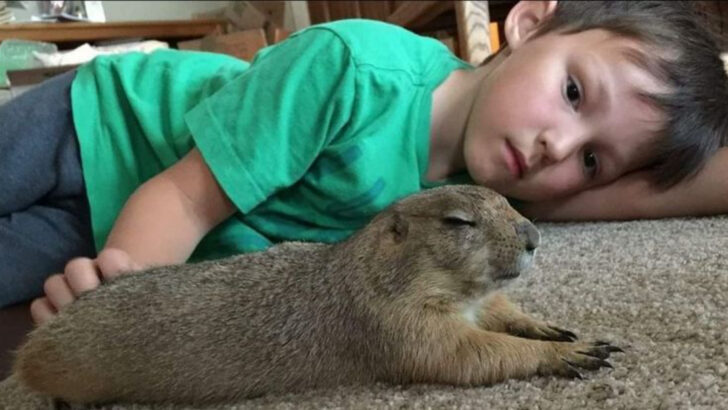You could once keep a tiger in your backyard. Legally. Not a stuffed toy. Not a “tiger-patterned” housecat. A real, living, 400-pound apex predator—purring on your porch like it owned the place. And that wasn’t even the weirdest one. From venomous lizards to monkeys with attitude, America’s pet laws were once a wild ride. Want a kangaroo? No problem. Fancy a pet raccoon? Grab a leash. These animals weren’t smuggled—they were signed, sealed, and sanctioned. But the leash has been yanked. Laws are changing fast, and the days of “my pet alligator” stories are fading. Here are 15 wild pets that were once totally legal in parts of the U.S.—until recently.
Fennec Fox
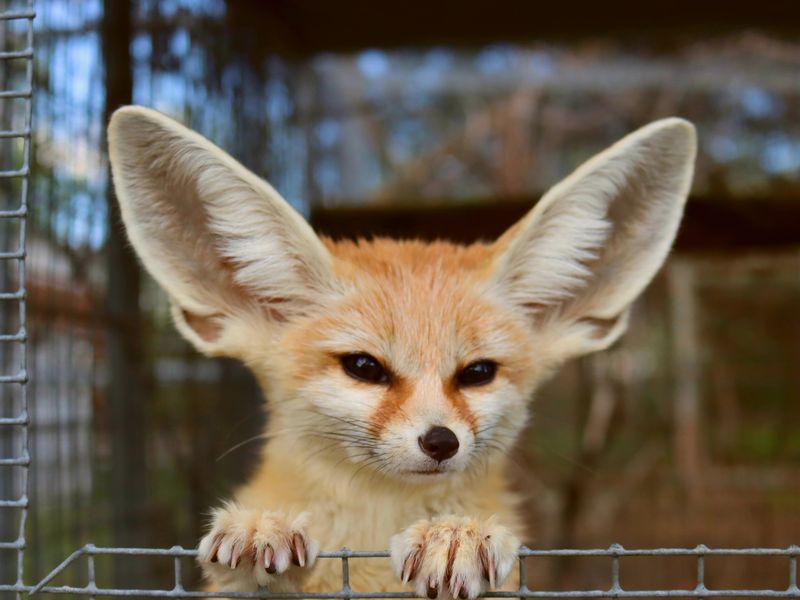
With ears as big as its personality, the fennec fox is a captivating creature. Native to the Sahara Desert, their large ears help them stay cool and hear potential prey. These foxes are characterized by their playful and curious nature, making them intriguing pets for those fascinated by exotic animals.
While they are social animals, fennec foxes require plenty of space and stimulation. Their nocturnal habits can be a challenge but also an opportunity to learn about different animal behaviors. Unfortunately, their legal status as pets has changed, reflecting the complexities of wildlife conservation.
Sugar Glider
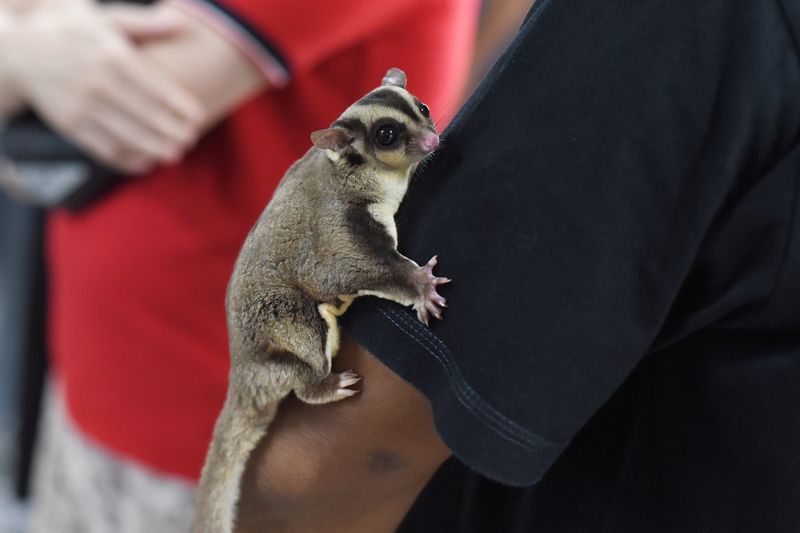
The sugar glider can soar through trees with grace and agility. These tiny marsupials, native to Australia, have a special membrane that allows them to glide from branch to branch effortlessly. Their social and engaging personality made them popular pets among those who enjoy small animals.
Sugar gliders thrive in groups, and owning one alone can lead to loneliness. They require a specific diet and environment to mimic their natural habitat.
Due to concerns about their well-being and ecological impact, the legality of owning sugar gliders has faced increased scrutiny in recent times.
Capuchin Monkey
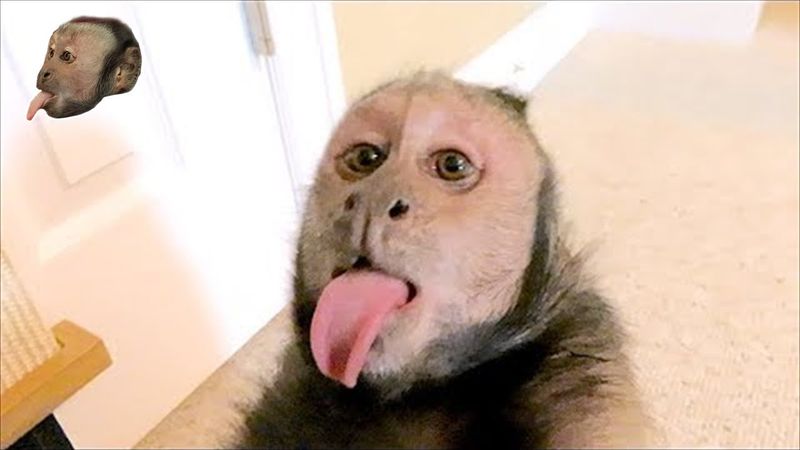
Capuchin monkeys have long been admired for their intelligence and dexterity. These primates are often seen using tools and solving complex problems, making them fascinating to observe. For those drawn to primate companionship, capuchins offered a lively and engaging pet experience.
However, their need for social interaction and constant stimulation can be demanding. Capuchins form strong bonds with their caregivers, requiring a deep commitment.
The challenges of meeting their needs and ensuring their welfare have led to stricter legal controls on owning these intriguing creatures.
Hedgehog
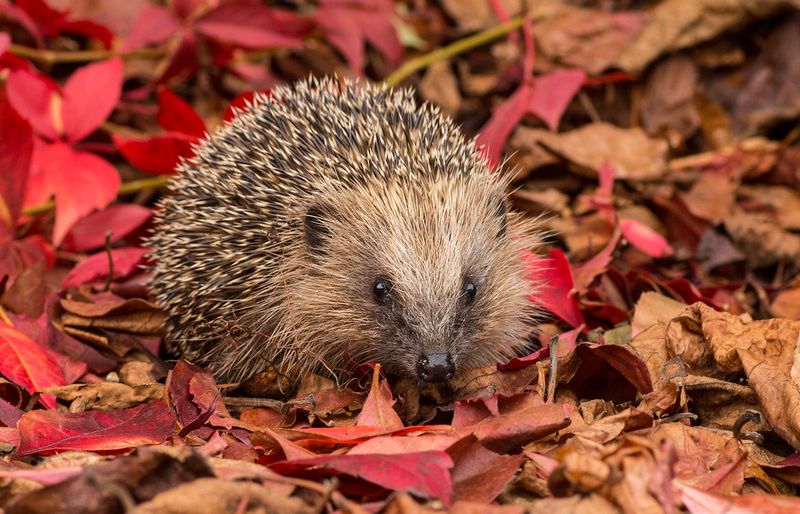
Hedgehogs, with their spiky appearance and shy demeanor, have charmed many animal lovers. These nocturnal creatures are known for their ability to curl into a ball, using their spines as a unique defense mechanism. Their solitary nature makes them suitable for quiet individuals.
Hedgehogs require specific care, including a proper diet and a warm environment, as they prefer temperatures akin to their native habitats. Despite their appeal, hedgehogs as pets have faced legal changes due to potential ecological impacts and the complexities of their care requirements.
Bengal Cat
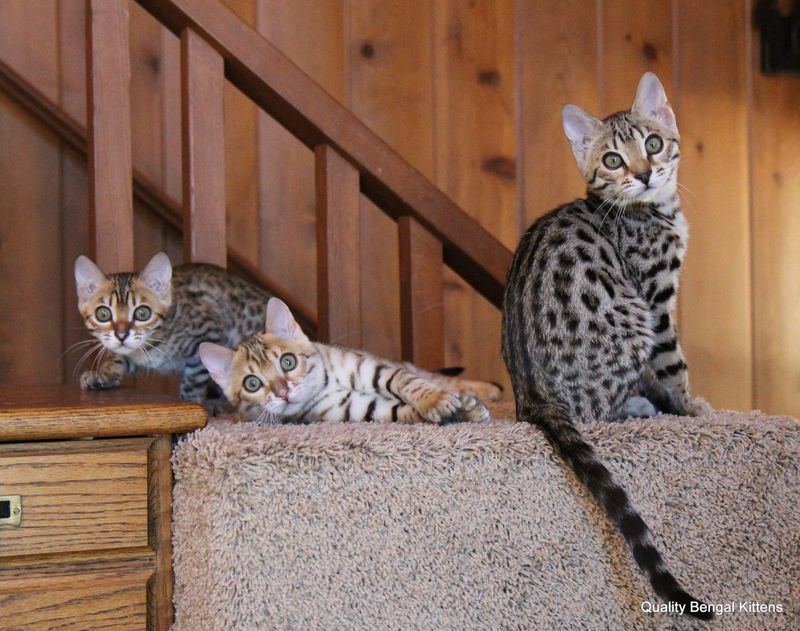
The Bengal cat stands out with its leopard-like spots and energetic disposition. Bred from domestic cats and wild Asian leopard cats, Bengals retain a wild beauty that captures attention. Their playful and active nature suits families who can provide ample playtime.
While Bengals are domestic at heart, they require mental stimulation and space to roam. They are known for their vocal and affectionate behavior, forming strong bonds with their owners. Legal restrictions have emerged due to concerns over their wild ancestry and the potential challenges of their upkeep.
Green Iguana
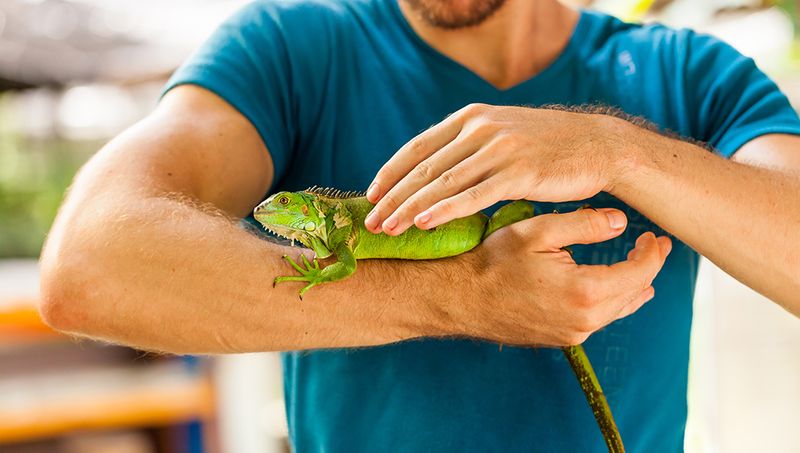
The green iguana’s striking appearance and calm demeanor have made it a favorite among exotic pet enthusiasts. These reptiles, native to Central and South America, are known for their impressive size and vibrant coloration.
Green iguanas require a carefully controlled environment, including proper humidity and temperature, to thrive. They are herbivorous, feeding on a diet rich in leafy greens and vegetables. The responsibility of managing their specific needs has led to increased regulations on owning iguanas, as their care can be demanding for inexperienced pet owners.
Ball Python
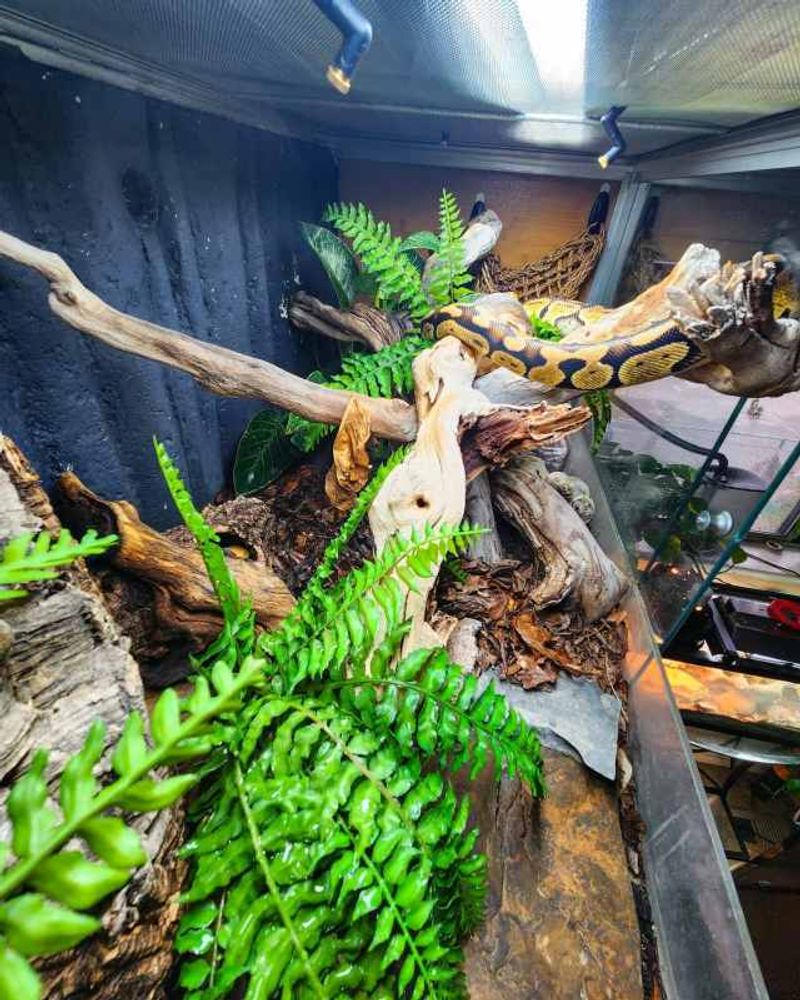
Ball pythons are renowned for their gentle nature and striking patterns. These snakes, native to West Africa, are popular among reptile enthusiasts for their manageable size and docile temperament.
They are called “ball” pythons because of their tendency to curl into a ball when threatened. They require a specific habitat with controlled temperature and humidity, as well as a diet consisting of appropriately sized prey. Concerns about their care and the risk of invasive species have contributed to changing legal perspectives on ball python ownership.
Serval Cat
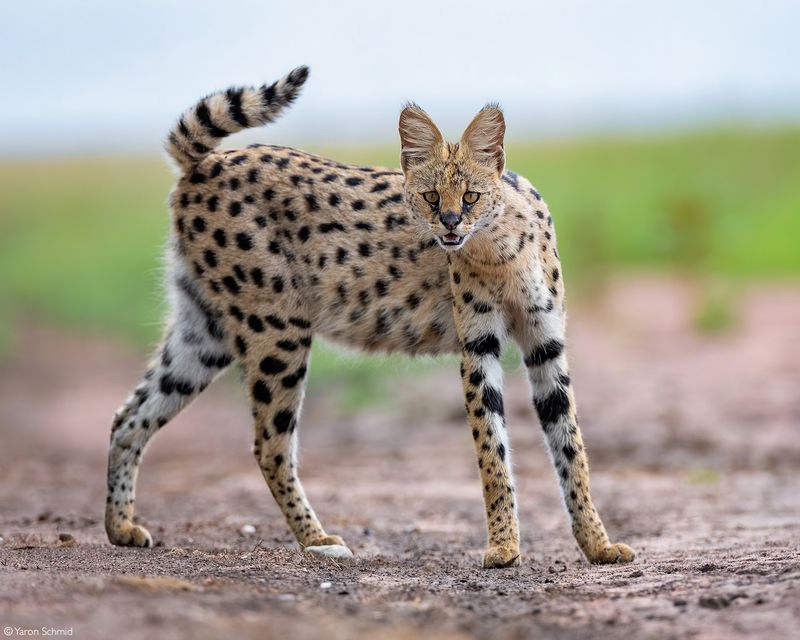
The serval cat’s long legs and unique spots are reminiscent of the African plains. Known for their exceptional hunting skills, servals captivated those interested in exotic feline species. Their playful yet independent nature offered a glimpse into the wild, albeit within a domestic setting.
Servals require spacious outdoor enclosures and activities to fulfill their instinctual needs. The complexity of caring for such animals, paired with concerns about the ethical implications, has influenced the legal stance on keeping servals as pets in recent years.
Tarantula
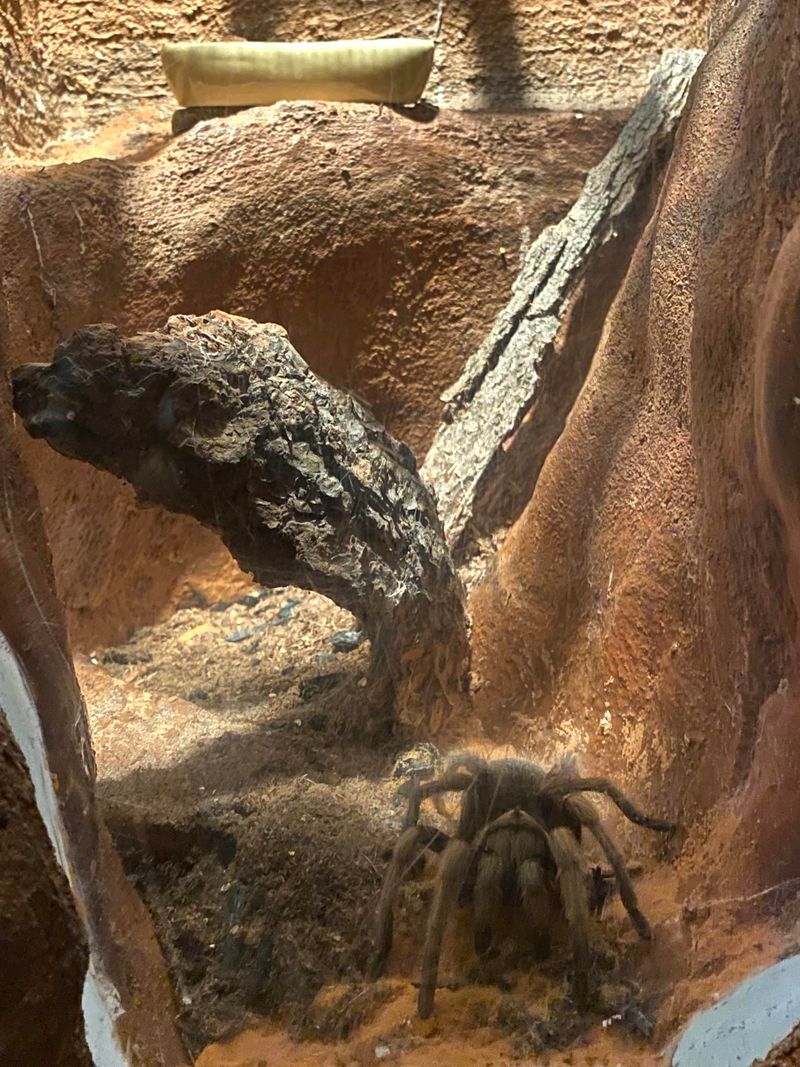
Tarantulas evoke fascination and fear due to their size and appearance. These arachnids, hailing from various parts of the world, offer a unique pet experience for enthusiasts of invertebrates.
Tarantulas are relatively easy to care for, requiring minimal space and feeding. However, their venom and the general fear associated with spiders have led to increased legal scrutiny. Some jurisdictions have restricted their ownership to address safety concerns and the ethical debates surrounding exotic pet ownership, making tarantulas less accessible to the average pet owner.
Raccoon
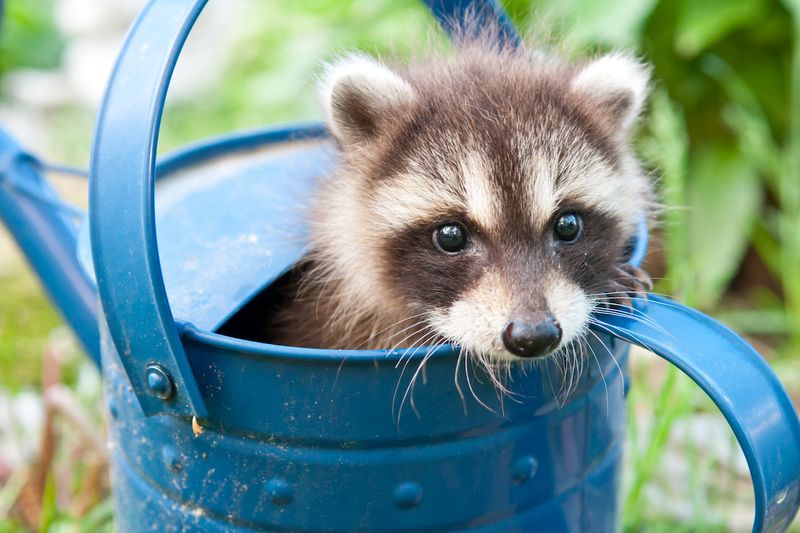
Raccoons, with their mischievous eyes and nimble paws, have long intrigued animal lovers. Known for their intelligence and adaptability, these creatures are often seen as both pests and pets, depending on the context.
In captivity, raccoons require mental and physical stimulation to prevent destructive behaviors. They are naturally curious and can form strong bonds with humans, yet their wild nature poses significant challenges. Legal changes reflect concerns over disease transmission and ecological impact, leading to stricter regulations on raccoon ownership.
Kinkajou
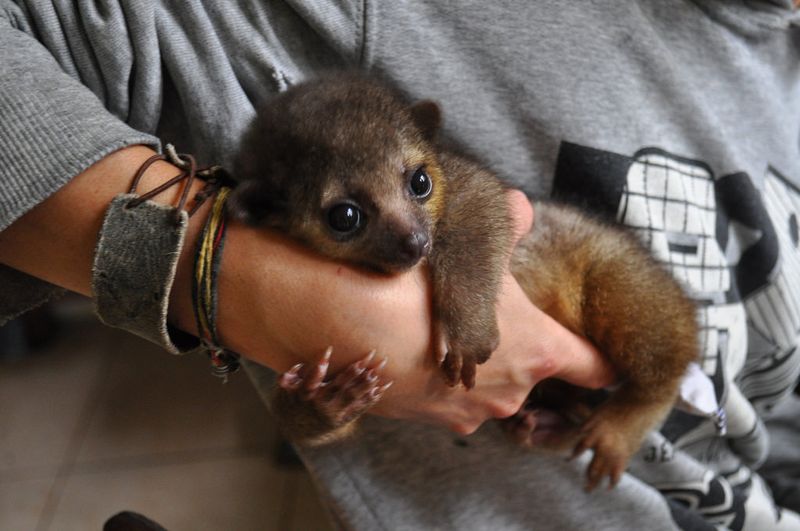
Kinkajous, often referred to as “honey bears,” enchant with their playful antics and endearing expressions. These nocturnal mammals, native to Central and South American rainforests, have captured the imagination of exotic pet owners.
Their prehensile tails and affectionate nature make them intriguing companions, yet they require a specialized diet and environment. The challenges of replicating their natural habitat and the ethical considerations surrounding their care have led to changing legal perspectives on kinkajou ownership.
Prairie Dog
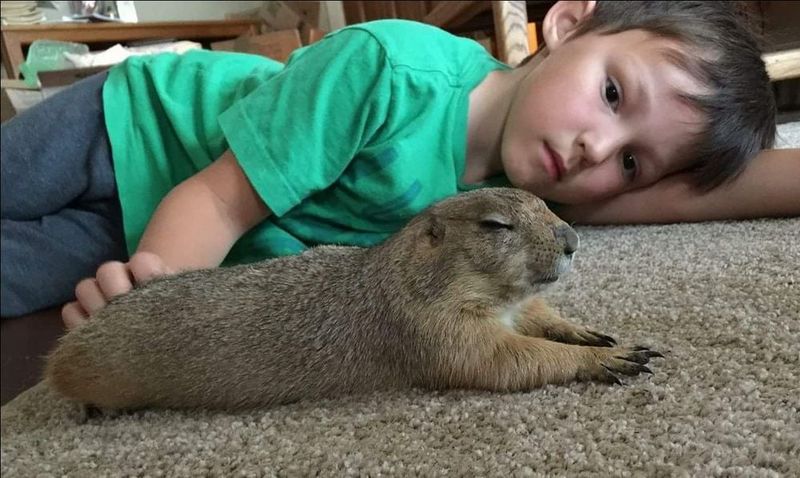
Prairie dogs, with their alert demeanor and social nature, have been a unique choice for pet enthusiasts. These burrowing rodents, native to North American grasslands, thrive in colonies, reflecting their need for social interaction.
Owning a prairie dog requires a commitment to providing a colony-like environment, often in outdoor enclosures. While they can form bonds with humans, their natural behaviors pose challenges in domestic settings. Legal measures have been taken to address concerns over disease transmission and the impact on local ecosystems.
Red-Eared Slider
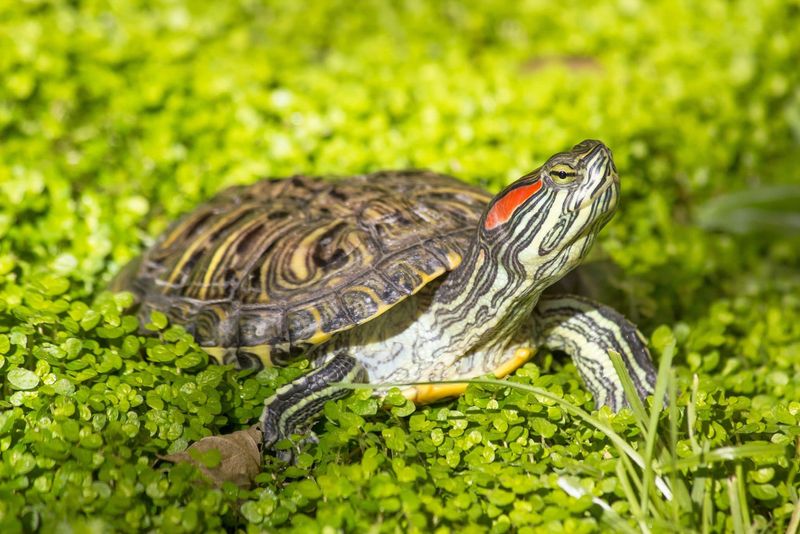
Red-eared sliders, with their distinctive red markings, have long been admired by turtle enthusiasts. These aquatic turtles are native to the southern United States, known for their adaptability and longevity.
Caring for red-eared sliders involves maintaining a well-regulated aquatic environment, complete with proper lighting and filtration. While they are relatively low-maintenance, the ecological issues associated with releasing them into the wild have led to tighter controls on their ownership. Legal restrictions now reflect the need to balance enjoyment with environmental responsibility.
Wallaby
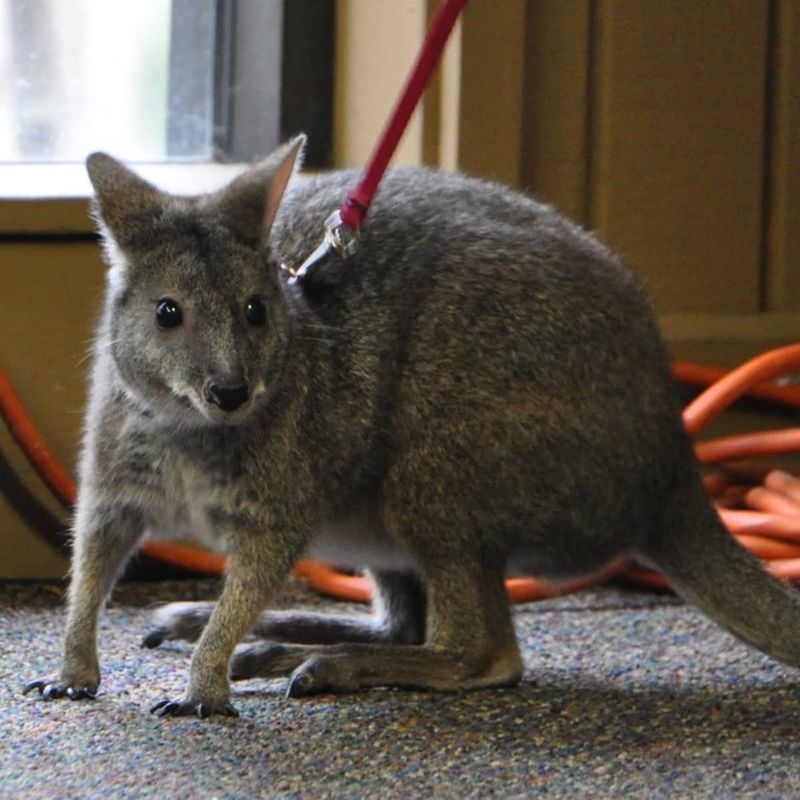
Wallabies, with their compact size and gentle hopping, offer a glimpse into the marsupial world. These relatives of kangaroos have intrigued those interested in exotic pets, particularly due to their unique method of locomotion.
Caring for a wallaby requires a spacious outdoor environment and a specialized diet. They are social creatures that thrive in groups, necessitating companionship to prevent loneliness. Recent legal changes have emerged from concerns about welfare and the complexities of meeting their needs, impacting the availability of wallabies as pets.
Axolotl
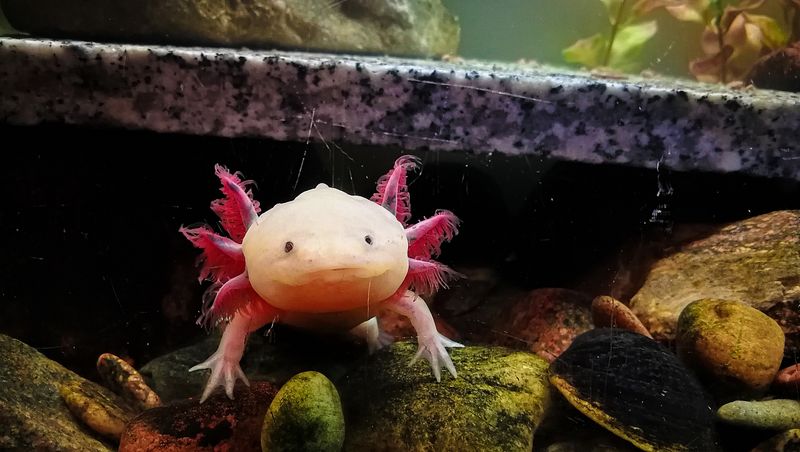
Axolotls, often called “Mexican walking fish,” captivate with their unusual appearance and regenerative abilities. These aquatic salamanders are known for their feathery gills and perpetual smile, making them endearing to aquarists.
Axolotls require a carefully maintained aquatic habitat with cool water and specific filtration needs. Their unique biology and the threat of extinction in the wild have sparked conservation efforts. Legal changes in pet ownership reflect the importance of protecting this species while allowing enthusiasts to appreciate their charm in a responsible manner.

